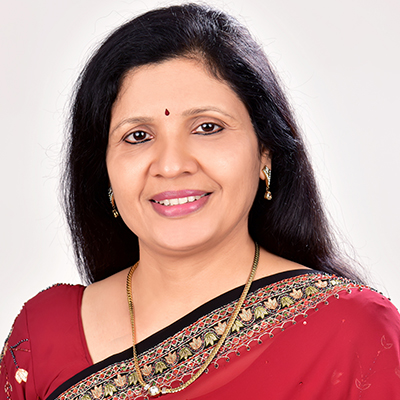The value women bring in creating an inclusive workforce | Suma PN | Director HR | Otis India
 A diverse workforce is an inclusive and innovative workforce. Men and women inevitably have different experiences in life, which in a work environment, result in diverse perspectives. Moreover, the presence of women in leadership roles can have additional benefits for an organization by opening new prospects and further career progression for women who are earlier in their careers. As many reports state, where women are in top leadership positions, businesses have improved financial performance; strengthened organizational culture; and increased brand value and reputation.
A diverse workforce is an inclusive and innovative workforce. Men and women inevitably have different experiences in life, which in a work environment, result in diverse perspectives. Moreover, the presence of women in leadership roles can have additional benefits for an organization by opening new prospects and further career progression for women who are earlier in their careers. As many reports state, where women are in top leadership positions, businesses have improved financial performance; strengthened organizational culture; and increased brand value and reputation.
• Possessing the emotional intelligence for business leadership – The complementary impact of the skills and perspectives women bring hold a key advantage to the success of an organization.
• Having women in the workforce builds trust in an organization – More women in senior leadership positions can result in less gender discrimination in the employment process. With women leaders, they also attract and retain more women employees.
• Women in leadership can help close the gender pay gap – Having women in leadership roles will compel organizations to provide compensation and benefits based on experience and expertise, thereby helping to achieve a larger goal of pay parity. Today, progressive organizations are conducting dedicated yearly pay equity analysis studies to understand the pay disparities in their organizations and accordingly make pay adjustments where required.
• Diverse organizations achieve better financial performance and have more engaged employees – When employees with different backgrounds bringing diverse perspectives and complementary skills, it has the potential to fuel engaging discussions, creativity and improved decision making. This in turn is enhancing the productivity of the organization and financial performance.
To perform in today’s business world, organizations must work consciously to create a diverse and inclusive organization. They must commit to gender parity in leadership and at all levels. Leaders, people managers and human resources professionals need to work to create an environment that minimizes the unconscious biases that can hinder gender parity, diversity more broadly and a culture of inclusivity. Part of this requires equitable and bias-free structures and processes, policy guidelines and procedures, awareness sessions and training – all to support a culture of inclusion.
This will help attract diverse recruits and enhance diversity at entry-level positions. Apart from focused efforts in hiring women, efforts need to be made to support the development of women professionals through development programs and Career Intentionality. These programs can help women professionals manage their career objectives and develop skills needed to help them meet their mid-term and long-term career milestones for a successful and sustainable career.
In addition to these structural changes, women should step forward and express interest in new opportunities, demonstrate belief in themselves, take appropriate risks and be visible. When more women come forward and occupy their rightful seats at the decision-making table, their diverse perspectives will contribute to the success the organization. This can in turn attract many more young women to join the organization.
Another reality is providing second career or return-to-work opportunities for women who have chosen to take a break for childcare, elderly care or for other family reasons. By integrating these women back into the workplace, we bring in a new set of unique perspectives.
The bottom line is, Women bring diverse experiences and perspectives to the everyday work in the organization and are an important part of an inclusive and engaged organization built on mutual trust and respect.


